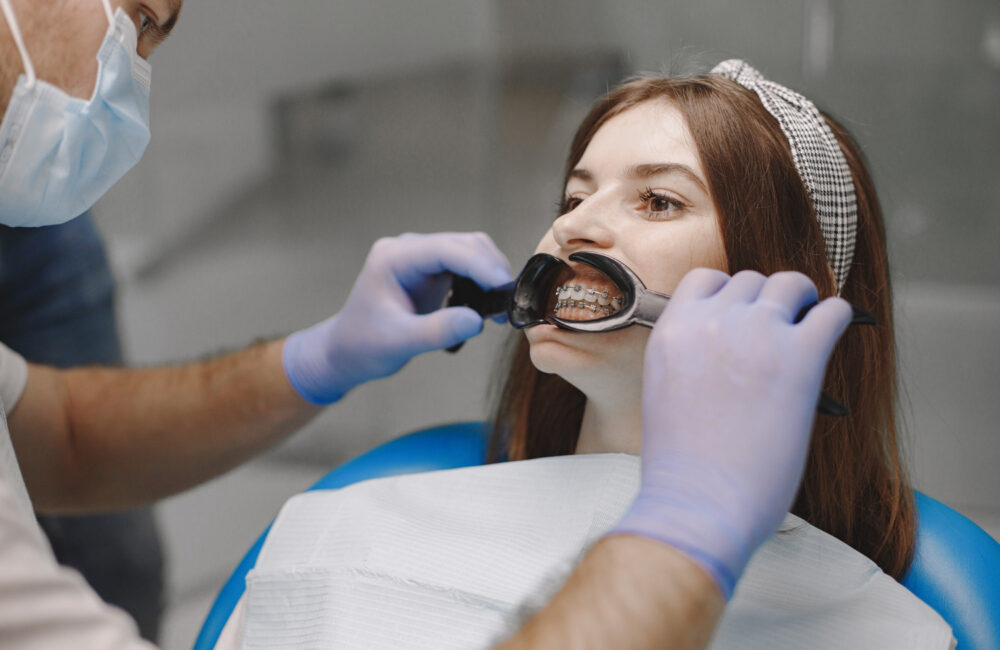
A winning smile is a terrific asset that makes a great first impression and helps build self-esteem and self-confidence. A key element of a great smile is good tooth alignment, which doesn’t always happen naturally. A number of factors during childhood can interfere with how our permanent (adult) teeth emerge and cause common orthodontic problems. Some are hereditary, like tooth and jaw size and the relationship between the two. Others may be avoidable, such as excessive pacifier use, thumb sucking, or tongue thrusting.
The dental specialty of orthodontics (“ortho” = straight; “dont” = tooth) focuses on diagnosing and treating tooth alignment problems or malocclusions (“mal” = bad; “occlusion” = bite). People often seek orthodontic treatment for cosmetic purposes, aiming to enhance the appearance of their teeth, smile, lower facial structure, and profile. But it can also be functionally necessary to improve biting and chewing, help address speech problems, prevent abnormal wear of teeth and/or jaw joint pain, and make it easier to keep teeth and gums clean and healthy.
Common Orthodontic Problems
posted below are some common bite problems. Orthodontic treatment will vary depending on the nature of the corrective work involved. Braces, clear aligners and removable appliances are among the most commonly used corrective tools. In certain situations, oral surgery may be recommended.
Crowding
Crowding occurs when there’s not enough space for teeth to fit normally within the jaws because the teeth are too big or the jaws are too small. Orthodontic treatment may include removing teeth and/or expanding the arches to create enough space for proper teeth alignment.
Spacing
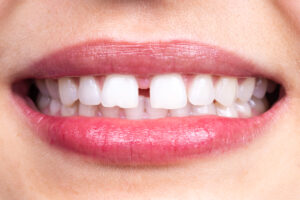
Excessive spacing, or irregular gaps between teeth, can occur due to genetics. For example, receiving dad’s genetic coding for jaw size but mom’s tooth size. likewise, congenitally missing teeth (permanent teeth that never grow in) can be an inherited trait. Teeth also can be lost from the disease. Whatever the cause, excessive space allows the surrounding teeth to shift out of alignment since there’s no longer anything to help stabilize their position.
Crossbite
Crossbite typically results from the misalignment of the upper and lower jaws, causing one or more upper teeth to bite on the inside of lower teeth.
Open bite
Open bite occurs when back opposing teeth meet but upper and lower opposing front (anterior) teeth do not meet, creating an abnormal gap. Leading causes are “tongue thrusting” (also called infantile swallowing pattern) and prolonged thumb sucking. All babies thrust their tongues forward when swallowing to provide a seal with the pps. The transition to normal (adult) swallowing typically occurs by age 4 when most of the primary teeth are emerging. If the tongue does not move out of the way by that time, it can block the full eruption of the front teeth. A thumb constantly resting between teeth can have a similar effect. Pediatric dentists generally recommend thumb sucking cease by about age 4.
Deep bite
Overbite (deep bite) occurs when upper front teeth bite too far down (deeply) over the lower teeth, sometimes completely covering the lower teeth and forcing them to bite into the roof of the mouth (palate). This is often a result of a jaw size discrepancy that doesn’t allow the lower teeth to hit the opposing upper front teeth, resulting in continued eruption of the teeth and growth of the jawbone that supports the teeth. This can lead to tissue irritation and damage to the palate from the lower teeth hitting the soft gum tissue instead of other teeth.
Underbite
An underbite happens when lower front teeth protrude past the top front teeth, as often observed in bulldogs. It typically results from undergrowth of the upper jaw, overgrowth of the lower jaw, or a combination of both. In mild cases, conventional orthodontic treatment can correct the problem; in more severe cases, jaw surgery may be necessary.
Overjet
Overjet (protrusion) involves upper front teeth that extend too far forward or lower teeth that don’t extend forward enough. This may be due to an imbalance in the development of the upper and lower jaws, missing lower teeth and/or improper alignment of molars and can be exacerbated by thumb sucking or tongue thrusting.
Abnormal eruption
Abnormal eruption is when a tooth emerges through gum tissue in the wrong place.
Assessment, Prevention, and Early Intervention
Detecting and addressing orthodontic problems early makes their treatment easier and less expensive. The American Association of Orthodontists recommends that all children have an orthodontic checkup no later than age 7, by which time they have a mix of primary and permanent teeth. Although children may not be ready for comprehensive orthodontic treatment at that age, preventive or interceptive treatment may be appropriate to eliminate or simplify the need for later treatment. Waiting until all of the adult teeth have come in or facial growth is nearly complete can complicate, and possibly even prevent, the correction of certain problems.
Here are Everything You Need to Know About Orthodontic Treatment



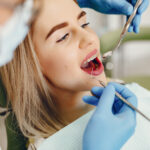
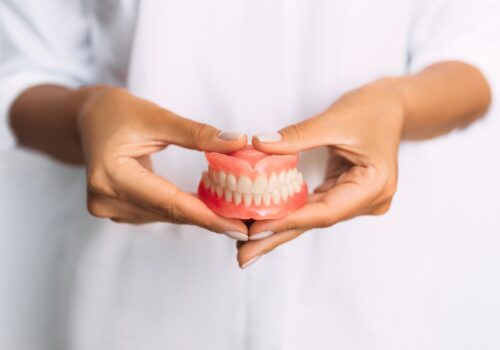
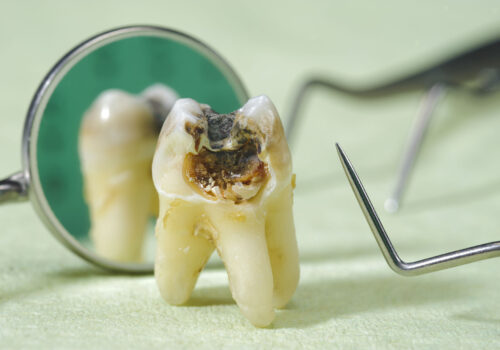
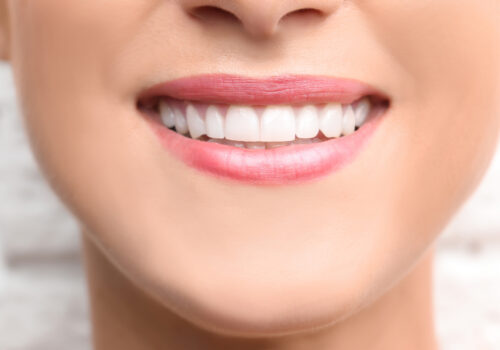
Leave a Reply